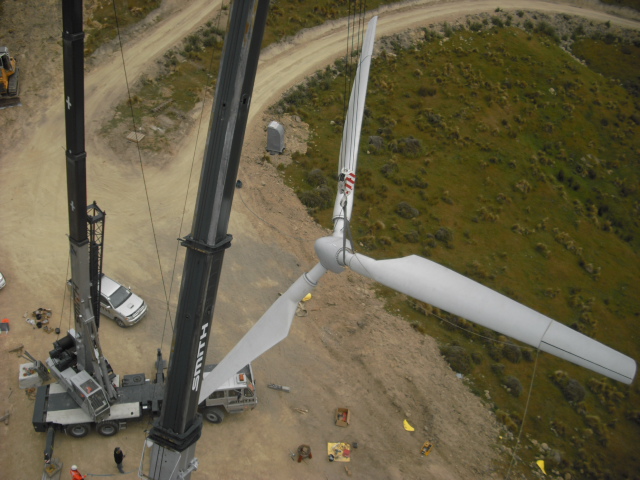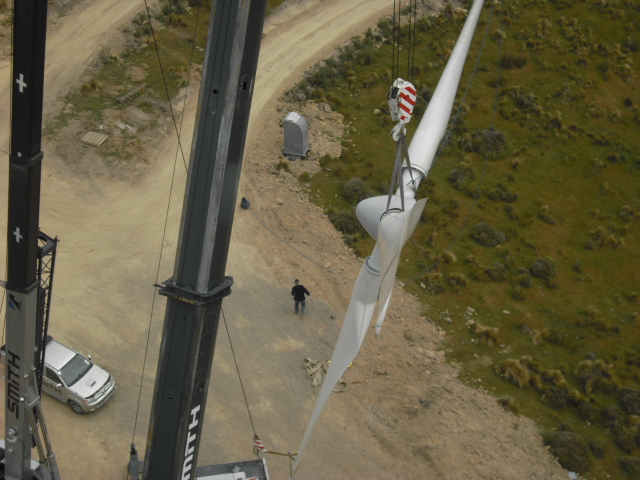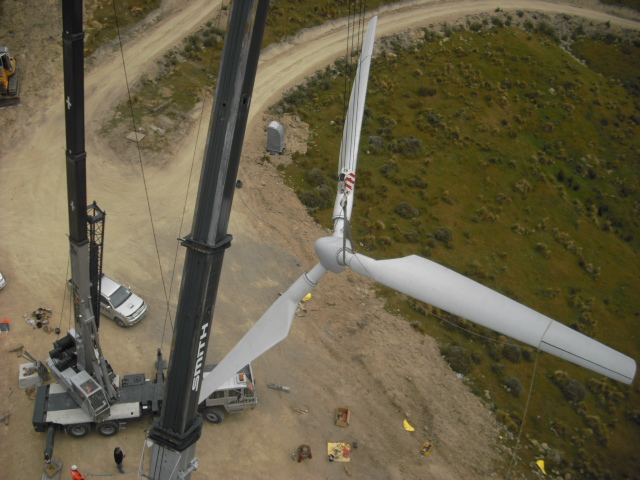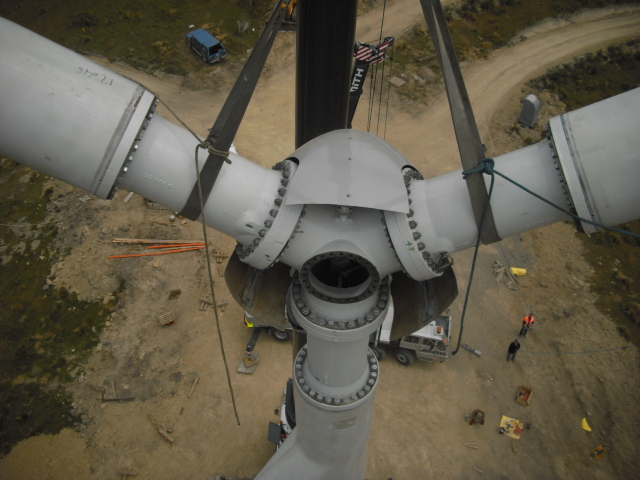Regulatory environment
The Electricity Authority is the electricity market regulator and is responsible for the efficient operation of the New Zealand electricity market. The Authority regulates the electricity market by developing and setting the market rules – the Electricity Industry Participation Code (Code) – enforcing and administering the Code and monitoring the market’s performance.
The Code requires a generator who is planning to connect a generating unit with rated net maximum capacity equal to or greater than 1 MW to a local network, to provide the systems operator with written advice of its intention to connect together with other information relating to that generating unit (described in Part 8 of the Code).
The majority of the IEGA members do not have to be registered participants in the New Zealand electricity sector as their generation capacity is less than 10MW.
As such, members do not have to offer their generation volumes in to the wholesale spot market and are therefore price takers. This contrasts with generation plant connected to the transmission grid which offer generation volumes at prices which determine the clearing price and are despatched by the system operator.
Part 6 – Connection of Distributed generation – is the relevant part of the Code for distributed generation less than 10MW. Owners of distributed generation greater than 10MW must have an understanding of, and be compliant with, the rest of the Code.
Part 6 prescribes a connection process between the generation plant owner and the network company. Schedule 6.4 is the distributed generation pricing principles which detail types of payments between network companies and distributed generation owners – including a payment from distribution companies to distributed generation referred to as ACOT. The Authority's changes to this Schedule came in effect on 9 January 2017.
The IEGA does not support the changes to ACOT payments made by the Electricity Authority. These changes are in the process of being implemented. The first region to be subject to the new methodology for assessing the contribution of distributed generation to the transmission system reliability comes into effect on 1 April 2018 for the Lower South Island transmission region. Distributed generation plant on the 'approved list' (deemed to contribute to reliability) continue to receive ACOT payments using the same rate (Transpower's interconnection charge) until 1 April 2020. This methodology is to apply in the following timeline for each transmission region:
Lower North Island: 1 October 2018
Upper North Island: 1 April 2019
Upper South Island: 1 October 2019
All new distributed generation may apply to Transpower for a grid support contract if their distributed generation can be shown to defer or avoid investment in the transmission grid. There is also the opportunity to participate in Transpower’s Demand Response Programme. Under this programme generation can be called upon to generate, if not already, in response to a signal from Transpower as it manages its grid.
You can enquire about how the Electricity Authority and Code apply to your business at https://www.ea.govt.nz/







